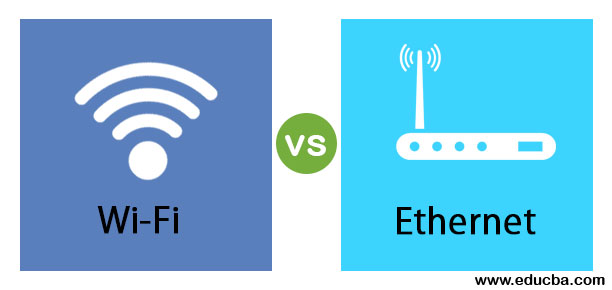
A Local Area Network (LAN) and a Wi-Fi network serve the same purpose—connecting devices within a limited area like a home, office, or school. However, they differ in how they establish connections, and each has its own advantages depending on the use case. Here’s a detailed comparison that explains why a LAN (wired) network is often better than a Wi-Fi (wireless) network:
1. Speed and Bandwidth
- LAN Network: Wired connections generally provide faster and more consistent speeds compared to Wi-Fi. Ethernet cables (used in LAN) can support speeds up to 10 Gbps, depending on the cable and hardware used.
- Wi-Fi Network: Speeds depend on the Wi-Fi standard (e.g., Wi-Fi 5 or Wi-Fi 6) and signal strength, which can fluctuate due to interference or distance from the router. Maximum speeds are typically lower and less consistent than wired connections.
2. Reliability and Stability
- LAN Network: Wired connections are far more stable and reliable as they are not affected by physical obstructions, interference (e.g., from other wireless devices or networks), or distance within a reasonable cable length.
- Wi-Fi Network: Wireless connections are prone to interference from other devices, walls, and even environmental factors like weather. Signal strength diminishes as the distance from the router increases, causing slower speeds or dropouts.
3. Latency
- LAN Network: Provides lower latency (faster response times), making it ideal for time-sensitive activities such as online gaming, video conferencing, and stock trading.
- Wi-Fi Network: Higher latency is common due to wireless signal processing, which may introduce delays, especially in crowded or interference-prone environments.
4. Security
- LAN Network: Wired connections are inherently more secure because physical access to the network is required. Unauthorized access is much less likely unless someone physically connects a device to the network.
- Wi-Fi Network: More vulnerable to hacking due to wireless signals being broadcasted over the air. While encryption protocols like WPA3 help secure Wi-Fi, they can still be susceptible to breaches if passwords or configurations are weak.
5. Interference
- LAN Network: Immune to signal interference since it uses physical cables.
- Wi-Fi Network: Susceptible to interference from other Wi-Fi networks, Bluetooth devices, microwaves, and even cordless phones, which can degrade performance.
6. Distance and Coverage
- LAN Network: The range of a LAN is limited only by the length of the Ethernet cable (up to 100 meters for standard Cat5e/Cat6 cables without signal boosters). For larger spaces, switches or additional cables can be used.
- Wi-Fi Network: The range is limited to the router’s signal strength, typically up to 30 meters indoors and less with obstructions like walls. Wi-Fi extenders or mesh systems can improve coverage but add complexity.
7. Setup and Maintenance
- LAN Network: Requires physical cables, which can be cumbersome to set up and maintain, especially in larger spaces. However, once set up, it usually requires minimal adjustments.
- Wi-Fi Network: Easier to set up as it eliminates the need for cables. However, maintaining consistent performance often requires tweaking settings, upgrading routers, or adding extenders.
8. Scalability
- LAN Network: Adding devices to a LAN requires additional cables and network ports, which may require extra hardware like switches.
- Wi-Fi Network: Adding devices is simpler as it only requires connecting to the network wirelessly. However, too many devices can overload the Wi-Fi and reduce performance.
9. Cost
- LAN Network: Can be more expensive initially due to the need for Ethernet cables, switches, and other hardware. However, it provides long-term reliability and performance.
- Wi-Fi Network: Lower upfront cost since it only requires a router. However, maintaining high performance may require investing in better routers or additional devices like extenders or mesh systems.
Conclusion: Why LAN is Better Over Wi-Fi
A LAN network is superior for applications that demand high speed, reliability, low latency, and strong security—such as gaming, streaming large files, or running business operations. While Wi-Fi offers the convenience of mobility and ease of installation, it is best for casual use where minor performance drops are acceptable. For critical or data-intensive tasks, a LAN network is the preferred choice.